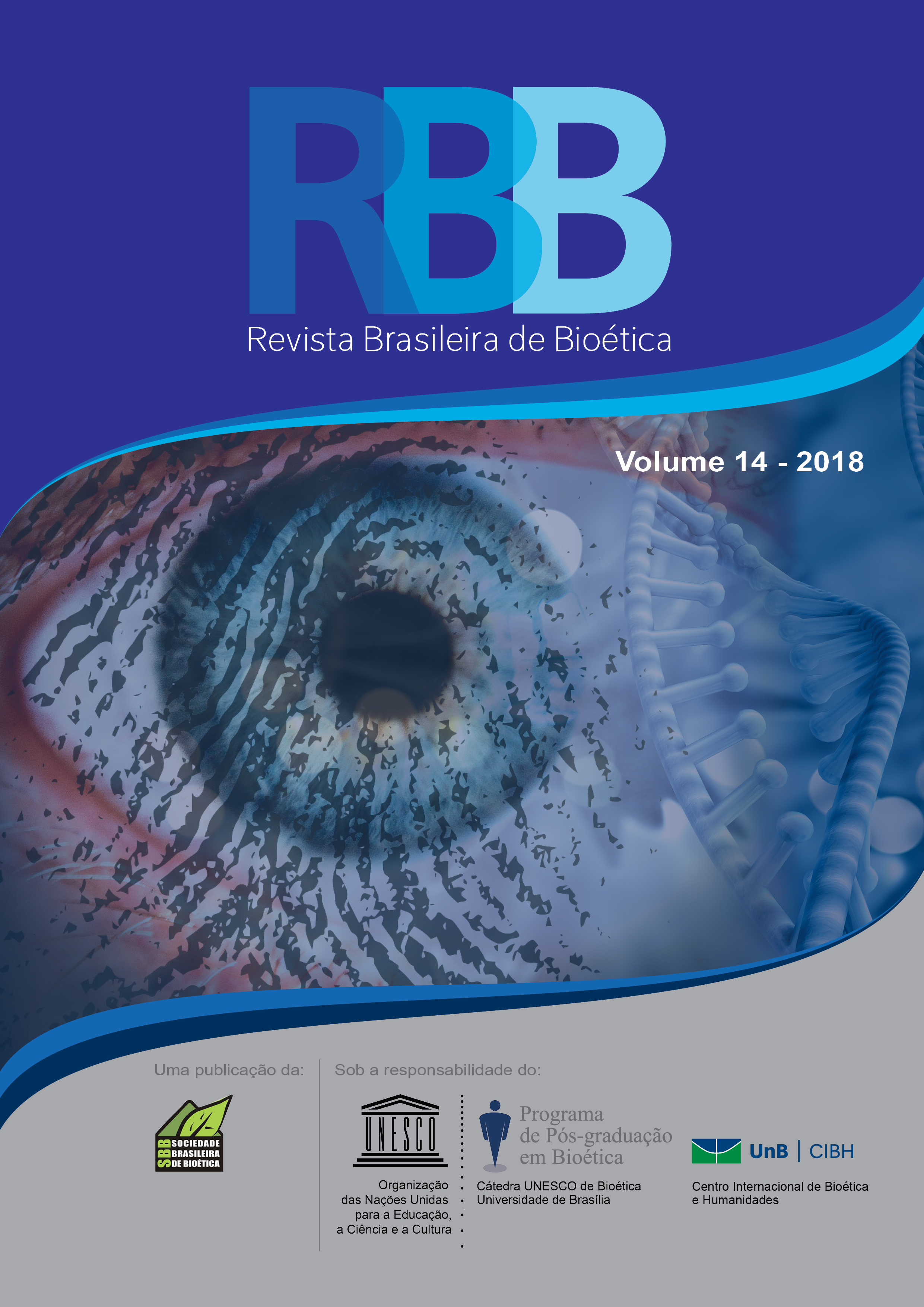What young people know about human trafficking?
DOI:
https://doi.org/10.26512/rbb.v14i0.24023Palabras clave:
Human Trafficking (HT). education. young people. knowledge. forms of acquisition.Resumen
Human Trafficking (HT) affects much of the world is population, including children. The need to (in)form young people about this crime highlights the crucial role of schools and families as major sources of knowledge transmission. This study is to evaluate the knowledge of HT and identify the sources of information on this phenomenon from a sample of young people spread over 14 public schools in the Municipality of Porto, 7 of which are covered by Educational Territories of Priority Intervention (ETPI). A self- assessment questionnaire was applied in the classroom. It becomes clear that the (in)formation on this subject is sparse. In this regard, we suggest that more visibility should be given to this phenomenon, through the integration of this issue in health/ sexual education projects in schools. Actions covering preventive interventions of universal character, but also more specific interventions in priority groups identified as most vulnerable.
Descargas
Citas
Abas M, Ostrovschi NV, Prince M, Gorceag VI, Trigub C, & Oram S. Risk factors for mental disorders in women survivors of human trafficking: a historical cohort study. BMC Psychiatry 2013; 13(1), 204.
Abrantes P, Roldão C, & Mauritti R. Efeitos TEIP: Avaliação dos impactos esco- lares e sociais em sete territórios educativos de intervenção prioritária (estudo). Lisboa: Centro de Investigação e Estudos de Sociologia do Instituto Universitário de Lisboa; 2011.
Associação Portuguesa de Apoio à Vítima. Manual SUL: Sensibilização sobre Tráfico de Seres Humanos para educadores em contexto escolar. In: http://www.apav.pt/apav_v3/index.php/pt/646-manual-sul-2-trafico-de-seres-humanos.
Bales K. New Slavery: a Reference Handbook. Santa Barbara, CA: ABC- CLIO; 2004.
European Union. Commission To The European Parliament And The Council. Report on the progress made in the fight against trafficking in human beings (2016) as required under Article 20 of Directive 2011/36/EU on preventing and combating trafficking in human beings and protecting its victims. Brussels: 19.5.2016.
European Union. European Parliament and the Council. Directive 2011/36/EU, on preventing and combating trafficking in human beings and protecting its victims. Official Journal of the European Union; 05/04/2011.
Freire P. Educação como prática da liberdade (22a ed.). São Paulo: Ed. Paz e Terra; 1996.
George A, & Sabarwal S. Sex trafficking, physical and sexual violence, and HIV risk among young female sex workers in Andhra Pradesh, India. International Journal of Gynecology and Obstetrics. The Official Organ of the International Federation of Gynecology and Obstetrics 2013; 120(2), 119”“23.
Hossain M, Zimmerman C, Abas M, Light M, & Watts C. The relationship of trauma to mental disorders among trafficked and sexually exploited girls and women. American Journal of Public Health 2010; 100(12), 2442”“2449.
Méndez M. Globalization and Human Trafficking. International Encyclopedia of the Social & Behavioral Sciences, (Second Edition) 2015; 206-212.
Nazemi N. Political Communication How Globalization Facilitates Trafficking in Persons? Danubius Journal. Acta Universitatis Danubius. Communicatio 2012; 6(2), 5”“14.
Omorodion FI. Vulnerability of Nigerian secondary school to human sex trafficking in Nigeria. African Journal of Reproductive Health 2009, 13(2), 33”“48.
Oram S, Khondoker M, Abas M, Broadbent M & Howard LM. Characteristics of trafficked adults and children with severe mental illness: a historical cohort study. The
Lancet Psychiatry 2015; 2(12), 1084-1091.
Perista P & Brázia A. Sistemas de proteção e bem-estar das crianças: que impactos no assegurar de direitos e na proteção contra o tráfico e a exploração? Centro de Estudos para a Intervenção Social s.d., 1-9.
Portugal. Ministério da Administração Interna. Observatório do Tráfico de Seres Humanos. Tráfico de Seres Humanos - Relatório sobre 2016; março de 2017
Raboteg-SÌŒaric´ Z, & Marinovic´ L. High school students’ perception of trafficking in human beings: Understanding the problem and prevention possibilities. In the internacional conference Chilhoods 2005: Children and youth in emerging and transforming societies. Oslo; 2005.
Silveira, AF, Gewehr C, Bonin LFR, Bulgacov YLM. Cidadania e participação social [online]. Rio de Janeiro: Centro Edelstein de Pesquisas Sociais; 2008. In: http://books.scielo.org/id/hn3q6/pdf/silveira-9788599662885.pdf
Turner-Moss E, Zimmerman C, Howard LM & Oram S. Labour exploitation and health: a case series of men and women seeking post-trafficking services. Journal of Immigrant and Minority Health 2014; 16(3), 473-480.
United Nations. Additional Protocol to the United Nations Convention against Transnational Organized Crime to Prevent, Suppress and Punish Trafficking in Persons, especially Women and Children. New York; 15/11/2000.
United Nations Children’s Fund. UNICEF calls for increased efforts to prevent trafficking of children. in: http://www.unicef.org/media/media_40002.html.
United Nations Office on Drugs and Crime. Global Report on Trafficking in Persons. United Nations publication 2009.
United Nations Office on Drugs and Crime. Global Report on Trafficking in Persons. United Nations publication 2016.



